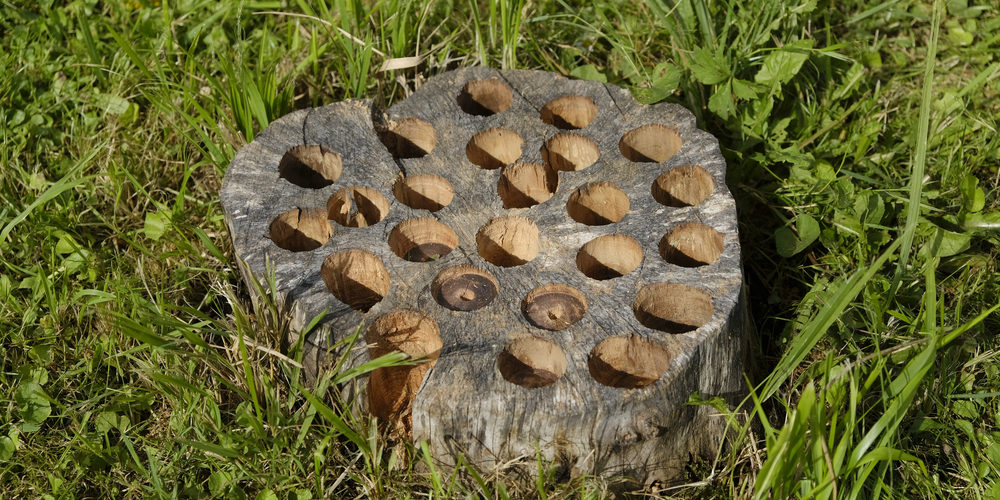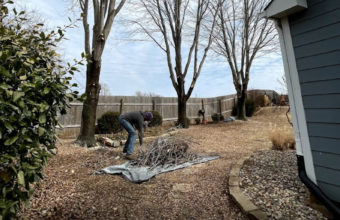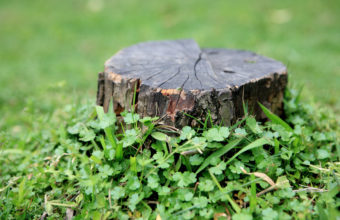Yes, drilling holes in a stump can make it rot faster. The process works by increasing the stump’s surface area exposed to decay agents such as moisture, air, and fungi.
Here’s how drilling holes contributes to speeding up the rotting process…
1. Enhances Decomposition:
Drilling holes into the stump provides more entry points for water, oxygen, and decomposing organisms like bacteria and fungi. These elements are crucial for breaking down the wood.
2. Improves Chemical Absorption:
If you’re applying chemical stump removers, Epsom salt, or other substances to accelerate decay, drilling holes allows for deeper penetration and more effective distribution of the chemicals within the stump. This results in a more efficient and faster decomposition process.
3. Increases Moisture Retention:
The holes help retain moisture within the stump, creating a favorable environment for fungal growth and wood decay. Fungi play a significant role in breaking down the lignin and cellulose in wood, which are the main components of the stump’s structure.
Steps to Enhance Rotting Through Drilling:
- Drill Holes – Use a large drill bit to create holes across the top of the stump, spacing them a few inches apart. The holes should be as deep as possible to maximize the area affected.
- Drill Angled Holes – In addition to vertical holes, drilling angled holes from the sides can increase the internal surface area exposed to decay agents.
- Apply Substances – Fill the holes with your chosen stump-rotting agent, such as a high-nitrogen fertilizer, stump remover product, Epsom salt, or simply water to keep the area moist.
- Cover the Stump – Covering the stump with a tarp, mulch, or soil can help retain moisture and protect the decomposing agents from being washed away by rain, thereby creating an ideal environment for faster decomposition.
Considerations:
- Timeframe – Despite these efforts, stump decomposition is still a slow process that can take several months to several years, depending on the stump’s size, wood type, and environmental conditions.
- Safety – When using chemical stump removers or other substances, follow the manufacturer’s instructions carefully to ensure safe and effective use.
- Environmental Impact – Consider the potential impact of chemicals on the surrounding soil and groundwater. Natural methods like Epsom salt or simply increasing moisture and covering the stump with organic matter are more environmentally friendly options.
Drilling holes in a stump is a practical step to accelerate its decomposition, especially when combined with other methods to promote rotting. This approach is effective for homeowners looking to naturally decompose a stump without resorting to immediate but more labor-intensive or costly removal methods.





